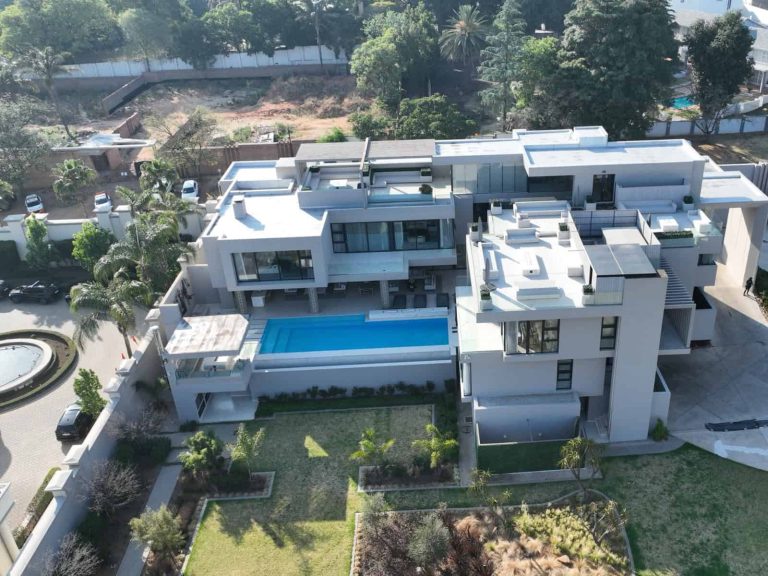Taiwan’s newly unveiled “T-Dome” air defence system aims to create a more integrated and efficient “sensor-to-shooter” network, designed to deliver faster and more precise responses to enemy threats, Defence Minister Wellington Koo said on Monday.
Speaking to reporters at parliament in Taipei, Koo explained that the “sensor-to-shooter” concept would allow Taiwan’s military to better link detection and interception systems for improved coordination.
“If you do achieve integration, the probability of successful interception naturally increases and you can conduct firepower coordination with greater efficiency and better resource allocation,” he said.
The “T-Dome,” introduced by President Lai Ching-te during National Day celebrations on Friday, forms a central part of Taiwan’s broader defence modernisation plan. The initiative seeks to enhance deterrence against China, which claims the self-ruled island as its territory and has intensified military and political pressure in recent years.
Koo noted that a special budget will be proposed by year’s end to detail spending on new equipment for the “T-Dome.” He said the government would prioritise systems that emphasise mobility, high survivability, and integrated capabilities, combining anti-air, anti-missile, and anti-drone defences for greater effectiveness.
Taiwan’s existing air defence arsenal includes US-made Patriot missiles, domestically developed Sky Bow systems, and Stinger missiles for low-level interception. The island is also developing the Chiang-Kong missile for high-altitude threats.
Koo added that the “T-Dome” aligns with Taiwan’s asymmetric warfare strategy, designed to make its smaller forces more agile and capable of delivering targeted and potent strikes. The approach mirrors the US military’s Combined Joint All-Domain Command and Control model, which integrates sensors and shooters across multiple domains into a unified network.
President Lai, who has rejected Beijing’s sovereignty claims, has pledged to raise defence spending to 5% of GDP by 2030, underscoring Taiwan’s commitment to self-defence amid China’s expanding military power.
While Beijing continues developing advanced weaponry such as stealth fighters and aircraft carriers, its armed forces face internal challenges, including an ongoing anti-corruption campaign within the ranks.
The “T-Dome” project, Taiwan officials say, represents both a technological leap and a strategic necessity in an increasingly volatile regional security environment.
Melissa Enoch



